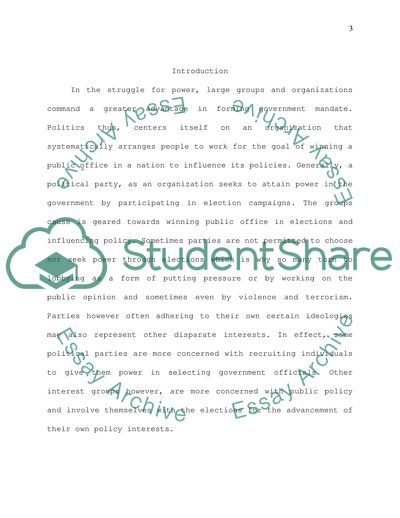Cite this document
(New Labour System: A Historical Perspective Term Paper, n.d.)
New Labour System: A Historical Perspective Term Paper. https://studentshare.org/history/1704189-exmaine-the-four-stages-of-party-development-and-locate-new-labour-within-these
New Labour System: A Historical Perspective Term Paper. https://studentshare.org/history/1704189-exmaine-the-four-stages-of-party-development-and-locate-new-labour-within-these
(New Labour System: A Historical Perspective Term Paper)
New Labour System: A Historical Perspective Term Paper. https://studentshare.org/history/1704189-exmaine-the-four-stages-of-party-development-and-locate-new-labour-within-these.
New Labour System: A Historical Perspective Term Paper. https://studentshare.org/history/1704189-exmaine-the-four-stages-of-party-development-and-locate-new-labour-within-these.
“New Labour System: A Historical Perspective Term Paper”. https://studentshare.org/history/1704189-exmaine-the-four-stages-of-party-development-and-locate-new-labour-within-these.


